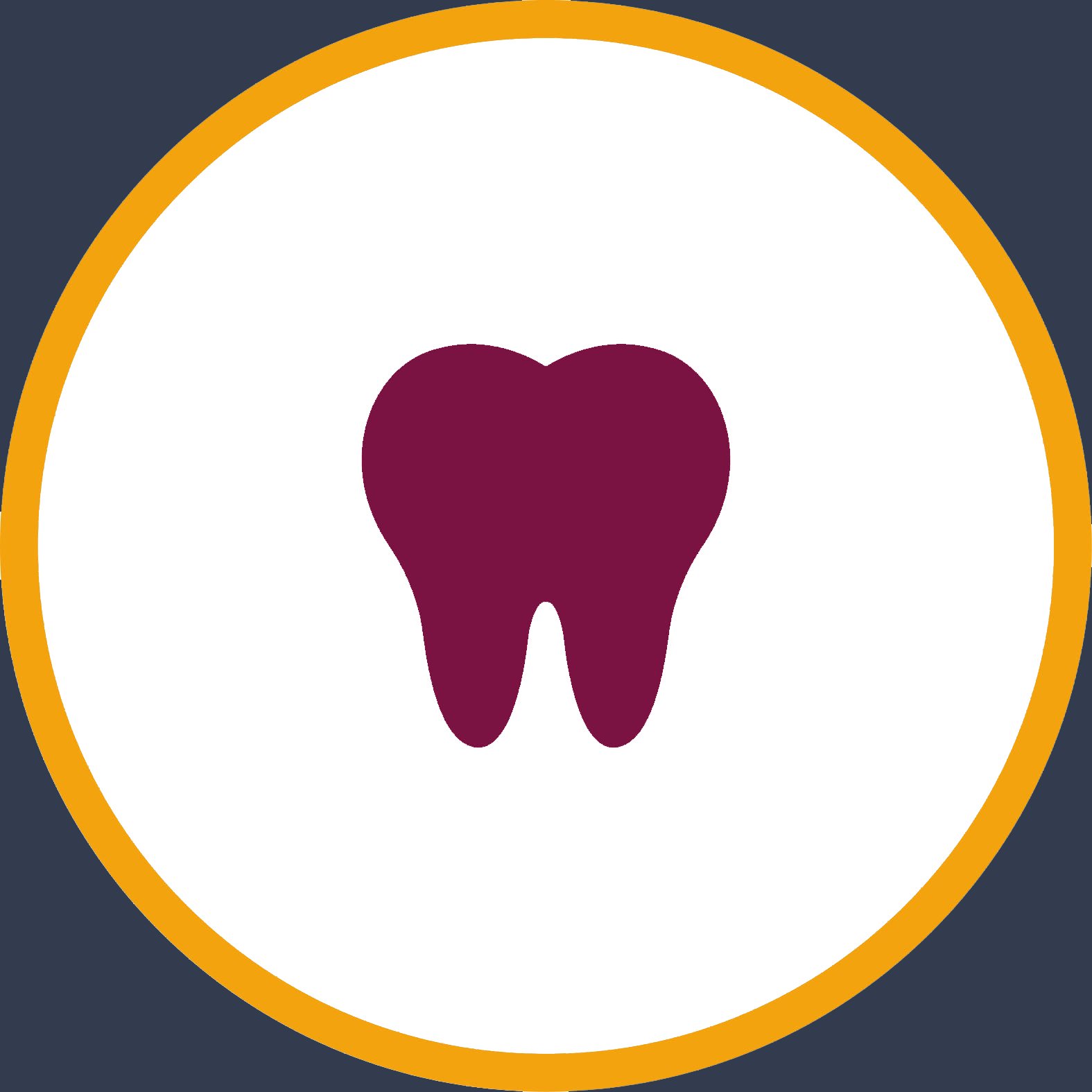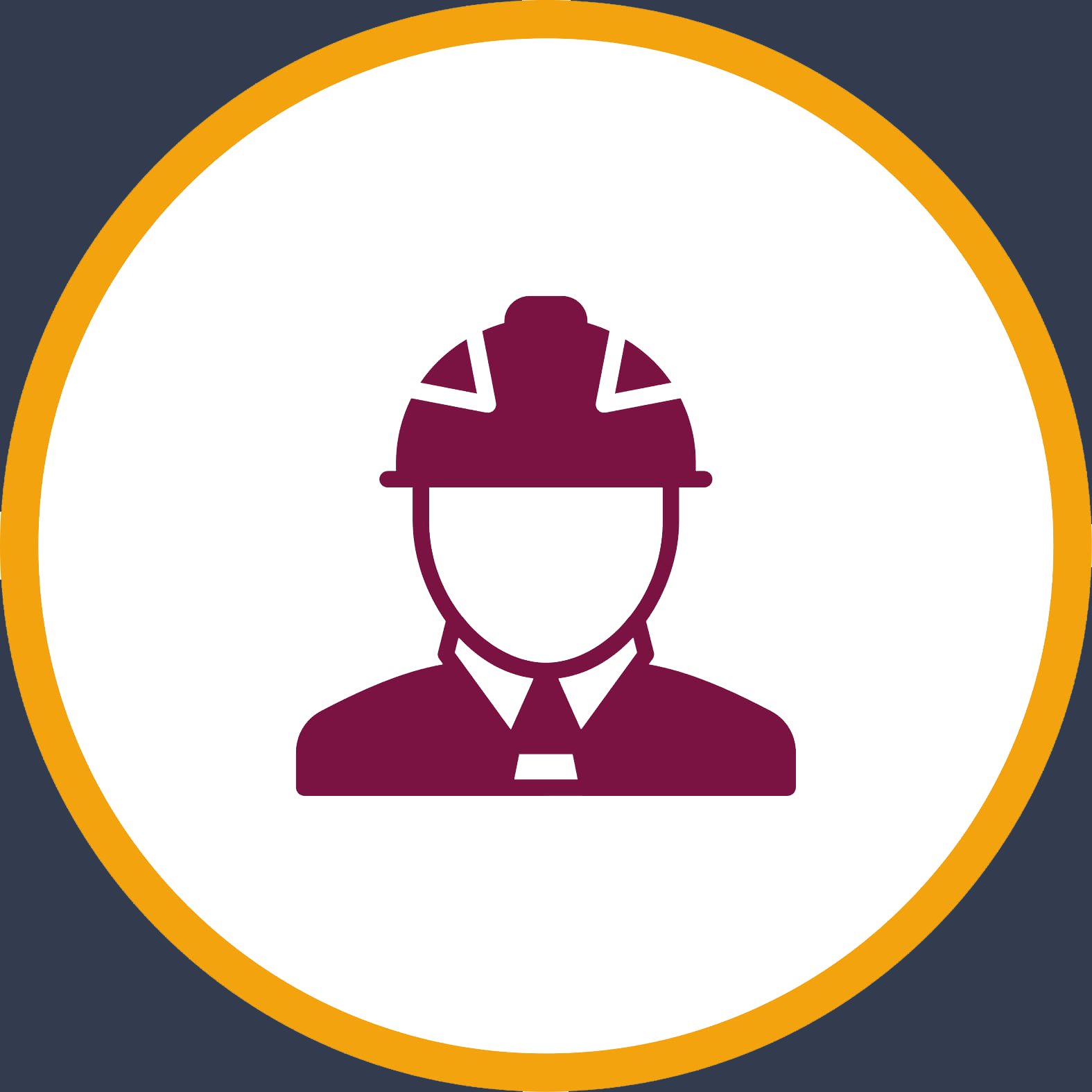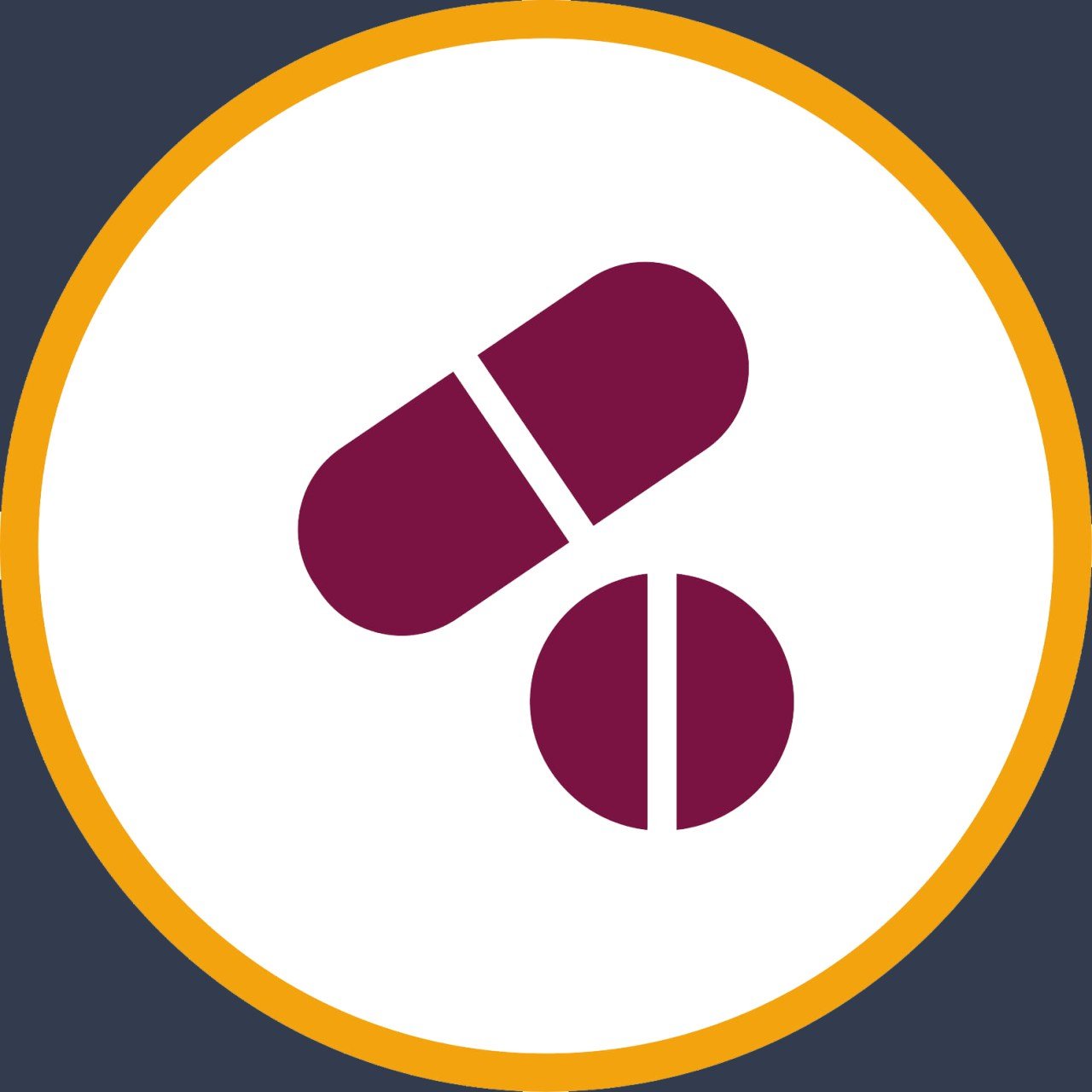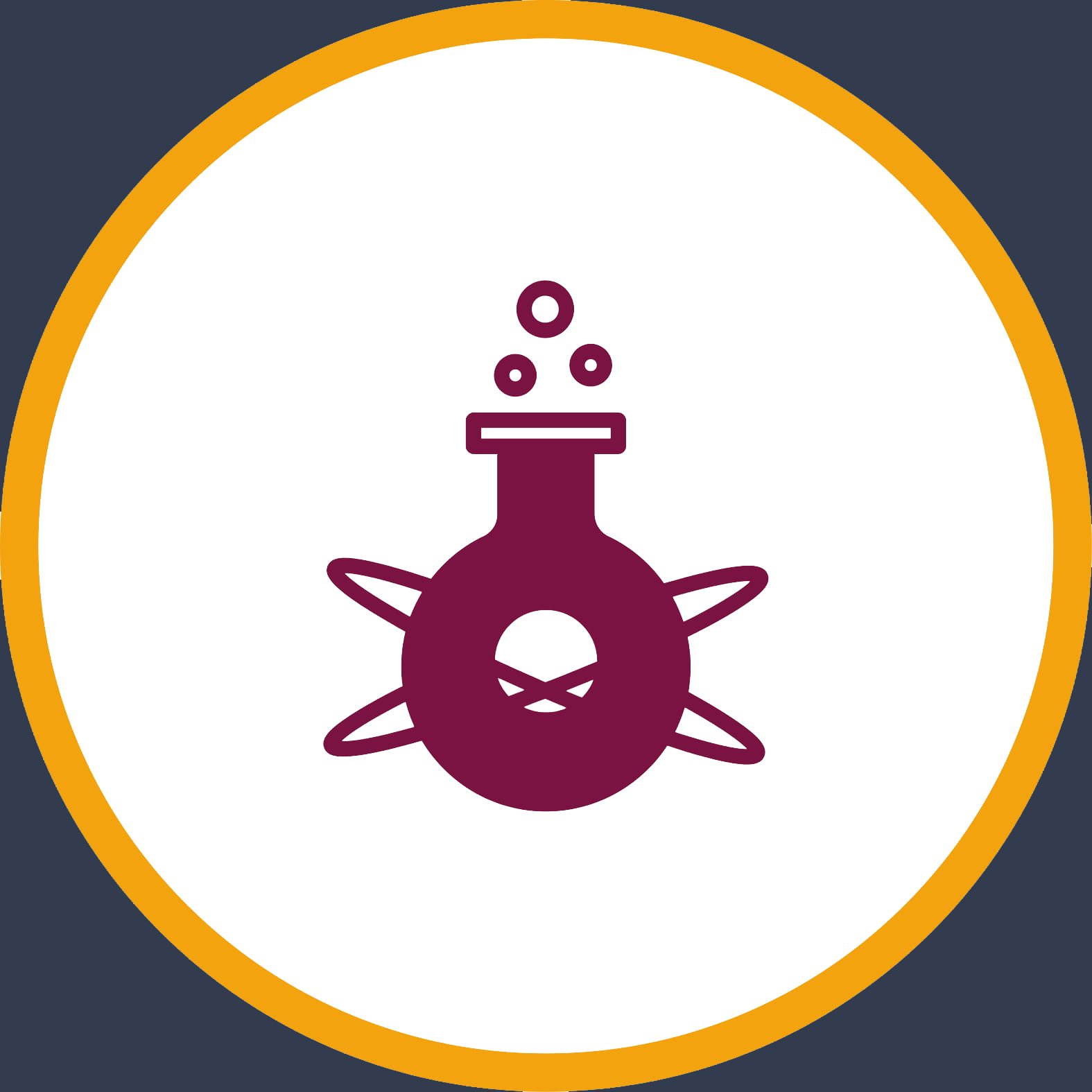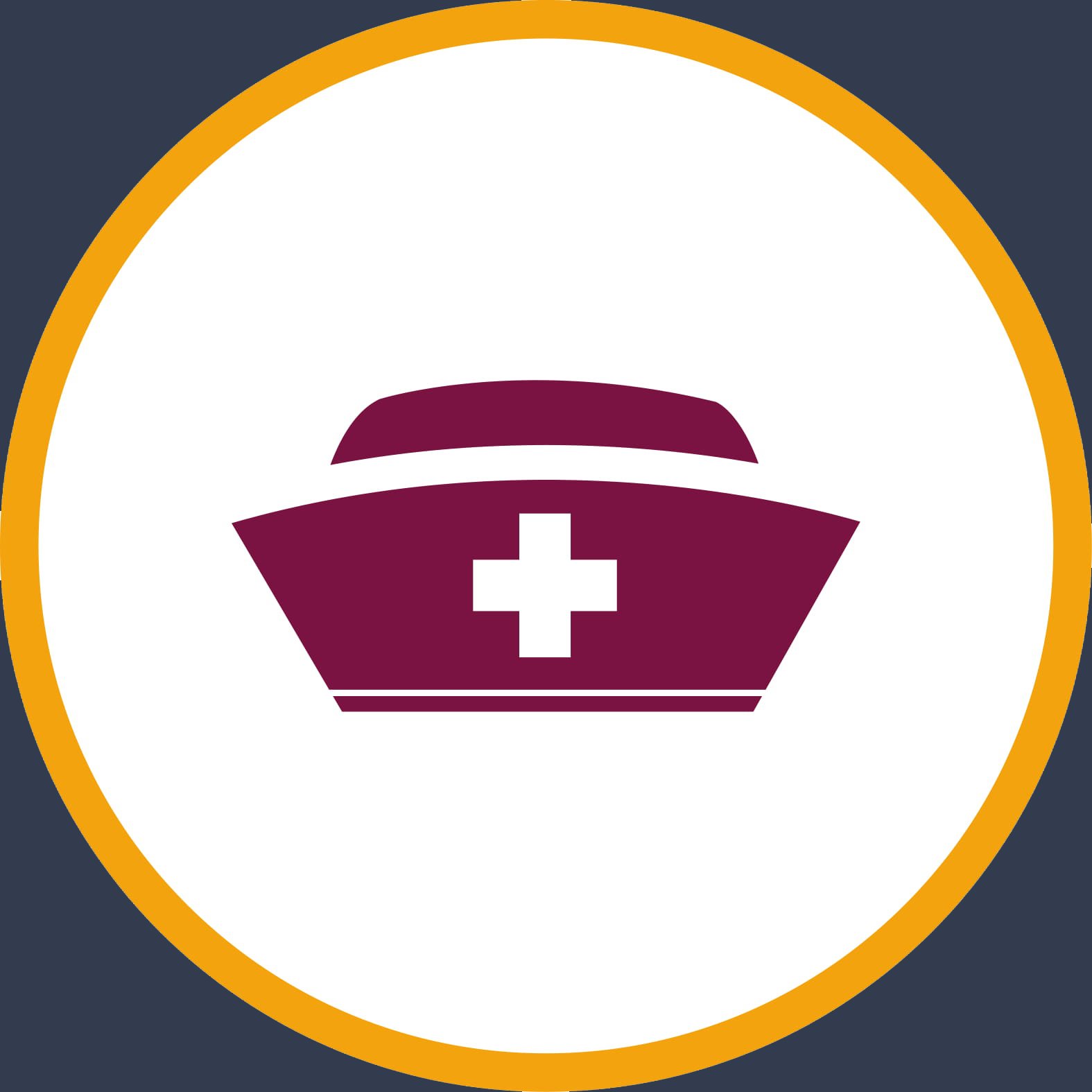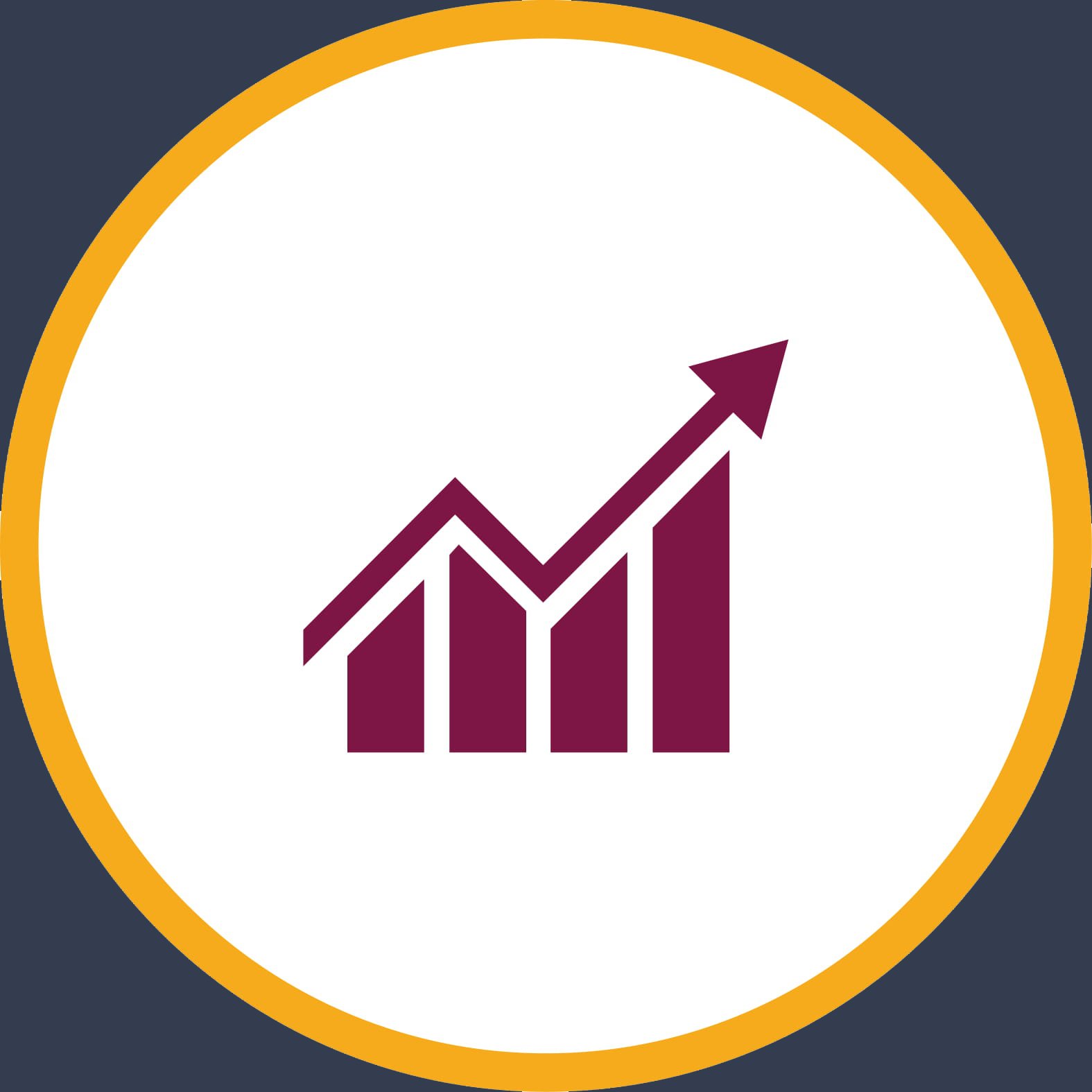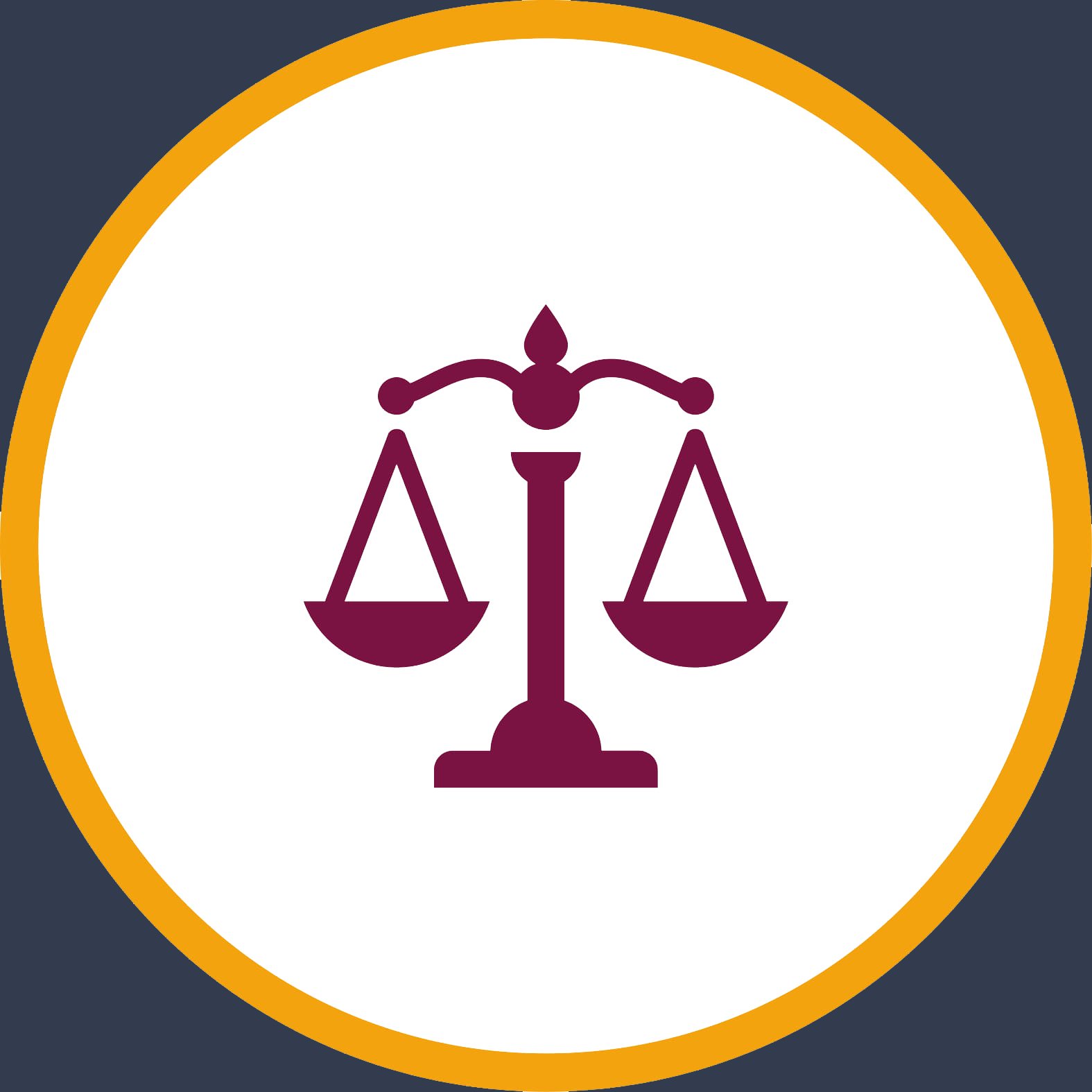COURSE DESCRIPTIONS OF IT DEPARTMENT
First Year
| IT 103 | INTRODUCTION TO INFORMATION TECHNOLOGY I | |
| This course introduces Information Technology. Information technology (IT) is the application of computers and telecommunications equipment to store, retrieve, transmit and manipulate data. The goal of this course is to help students interested in an information technology career decide where their interests lie. | ||
| IT 106 | INTRODUCTION TO INFORMATION TECHNOLOGY II | |
| This course introduces Information Technology. Information technology (IT) is the application of computers and telecommunications equipment to store, retrieve, transmit and manipulate data. The goal of this course is to help students interested in an information technology career decide where their interests lie. | ||
| IT 119 | PROGRAMMING FUNDAMENTALS (C++) | |
| Students will learn by the course essential programming concepts, flow charts, and C++ programming language syntax. Also, they will learn how to write simple programs by using control structures, operands, and arrays. | ||
| PHYS 101 | GENERAL PHYSICS I | |
| Measurements, Vectors, Kinematics, Newton’s laws of motion, work and energy, conservation of energy, rotation of rigid bodies about a fixed axis. | ||
| PHYS 102 | GENERAL PHYSICS II | |
| This second part of the physics course includes the fundamental concepts about electrostatics, electric fields, electric potential, capacitors and dielectrics, electric current, DC circuits, current and various media, magnetism, magnetic force, electromagnetic force, electromagnetic induction, AC circuits. The course also includes laboratory activities which include some basic physics experiments related to electricity. |
Second Year
| IT 218 | Computer Aided Design | |
|
|
||
| IT 215 | DATABASE SYSTEMS I | |
| This course introduces Databases. A database is an organized collection of data. The data are typically organized to model relevant aspects of reality in a way that supports processes requiring this information; For example, modeling the availability of rooms in hotels in a way that supports finding a hotel with vacancies. The main objectives of this course are: Design methodology for databases and verifying their design correctness, and using queries. | ||
| IT 216 | DATABASE SYSTEMS II | |
| This course is the 2nd part of the Database Systems 2.Normalization – Denormalization, SQL, Aggregate Functions. Joining Tables, Indexing and Optimization | ||
| IT 240 | Web Design | |
|
|
||
| IT 232 | COMPUTER HARDWARE | |
| This course provides a comprehensive understanding of computer systems and the essential components and peripherals associated with computers. Topics include history of computer systems, motherboard components, I/O systems and methods of communication, processors, memory, graphics and sound adapters, storage media, and relevant peripherals. Also addresses recent advances in computer architectures and computer hardware and how they affect computer performance. Presentations of actual hardware are included so that students can gain experience in identifying the various internal and external components of a PC. |
||
| IT 234 | MULTIMEDIA TECHNOLOGIES | |
| The course also addresses recent advances in computer architectures and computer hardware and how they affect computer performance. Presentations of actual hardware are included so that students can gain experience in identifying the various internal and external components of a PC. | ||
| IT 235 | DISCRETE MATHEMATICS | |
| Discrete mathematics is important are in applied mathematics. It is the study of mathematical structures that are fundamentally discrete rather than continuous. It includes linear programming, coding theory, and theory of computing. | ||
| IT 347 | PROBABILITIES AND STATISTICS | |
| This course plans to give a comprehension of the essential ideas in likelihood hypothesis and factual investigation. Understudies will gain proficiency with the crucial hypothesis of dissemination of irregular factors, the fundamental hypothesis, and strategies of boundary assessment and trial of theories | ||
| IT 211 | DATA STRUCTURES AND ALGORITHMS | |
| The purpose of this course is to study advanced programming topics focused on logical structures of data, their physical representation, design, and analysis of algorithms operating on the structures, and techniques for program development and debugging. Emphasis is placed on the appropriate use and choice of standard data structures. |
Third Year
| IT 319 | Mobile Application | |
|
This course teaches the basics of creating mobile apps for smartphones and tablets. Students will learn how to design, build, and test apps using popular programming languages and tools. The course covers user interface (UI) design, navigation, and simple features like buttons, forms, and media integration. By the end, students will be able to create basic mobile applications that work on different devices. |
||
| IT 320 | Advance Mobile Application | |
| This course builds on basic mobile app development skills and focuses on advanced features. Students will learn about databases, cloud services, APIs, security, and performance optimization. The course also covers complex UI designs, animations, and real-time data handling. By the end, students will be able to develop high-quality, scalable, and secure mobile applications for real-world use. | ||
| IT 301 | DATA COMMUNICATIONS & COMPUTER NETWORKS-I | |
| Principles of data communications; information transfer, computer networks and their applications. Network structures, architectures, and protocols. Open systems and the OSI and TP/IP reference models; services and network standardization. Communication systems: transmission media (wire-wireless), analog and digital transmission modes. | ||
| IT 302 | DATA COMMUNICATIONS & COMPUTER NETWORKS-II | |
| This course is the further step of the Computer Networks -1- course. Based on the outcomes of Computer Networks -1 students should have the basics of networking and Network structures, architectures, and protocols. Open systems and the OSI and TP/IP reference models; services and network standardization. Communication systems: transmission media (wire-wireless), analog and digital transmission modes. Circuit, packet and message switching. Networking characteristics: storage, delay, multiplexing, bandwidth sharing and dynamic bandwidth management, QoS. Channel organization, framing, channel access control. LANs, MANs and WAN concepts, routing algorithm, and protocols. | ||
| IT 328 | Open Source | |
| Open-source Linux is a free operating system that anyone can use, modify, and share. It’s built by a community of developers and is not owned by a single company. Because the source code is open, people can customize it to fit their needs, making it popular for servers, personal computers, and even smartphones. Some well-known versions (called “distributions” or “distros”) of Linux include Ubuntu, Fedora, and Debian. | ||
| IT 326 | WEB PROGRAMMING | |
| The course is aimed to learn HTML labels and JavaScript Language programming ideas and procedures. To build up the capacity to sensibly design and create pages. To figure out how to compose, test, and investigate pages utilizing HTML and JavaScript | ||
| IT 322 | HUMAN-COMPUTER INTERACTION | |
| The aim of the Human-computer interaction is to perform an investigation, build up necessities, plan, and assess intuitive PC based frameworks and items for the client. | ||
| IT 327 | OPERATING SYSTEMS | |
| The Operating Systems (OS) course is considered as one of the essential undergraduate subjects for any computer science-related study. This course considers information technology students and offers the basic foundations of OS concepts and functionality without going deep into advanced OS subjects.
The OS provides an established, convenient, and efficient interface between user programs and the bare hardware of the computer on which they run. The OS subject became more important lately the majority of modern devices including mobile phones, tablets, smart TVs, cars, etc. and other types of gadgets are equipped with software that is basically an OS. |
||
| IT 411 | Web Technologies | |
| This course covers the fundamentals of web development, including front-end and back-end technologies, with a focus on Laravel, a powerful PHP framework. Students will learn how to build dynamic and secure web applications using HTML, CSS, JavaScript, PHP, and MySQL. The course includes topics such as MVC architecture, database management, authentication, and API development. By the end, students will be able to develop modern, efficient, and scalable web applications using Laravel and other essential web technologies. |
Fourth Year
| IT 415 | IT PROJECT MANAGEMENT | |
| Whoever develops any project should know the essentials about what the project is. This course teaches the discipline of projects in all aspects from project managers to project workers in the aspect of the traditional project management approach. After this course is completed students will be aware of what a project is and how to behave when they are a member of any project team. This course is aimed to apply the thoughts of project management on IT projects. | ||
| IT 401 | INDUSTRIAL TRAINING | |
| Students must complete a 24 business-day summer practice in a software company or in the IT department of any type of company. Students are expected to learn about a real business and work environment and get involved in many aspects of IT. | ||
| IT 403 | FINAL YEAR PROJECT-I | |
| A study under the supervision of an advisor: Research on exploring and defining a potential study area suitable for a senior design project. Identification of a specific problem from the selected study area in IT. Results from this study are documented and presented in the form of a project proposal. | ||
| IT 404 | FINAL YEAR PROJECT-II | |
| A study under the supervision of an advisor: Research on exploring and defining a potential study area suitable for a senior design project. Identification of a specific problem from the selected study area in IT. Results from this study are documented and presented in the form of a project proposal. | ||
| IT 416 | WIRELESS NETWORKING | |
| This course will cover the fundamental aspects of wireless networks, with emphasis on current and next-generation wireless networks. Various aspects of wireless networking will be covered including: fundamentals of cellular communication, mobile radio propagation, multiple access techniques, and mobility support, channel allocation, Wireless PAN/LAN/MAN standards, mobile ad-hoc networks, wireless sensor networks, and routing in wireless and mobile networks. | ||
| IT 423 | INFORMATION SECURITY | |
| This course will cover many aspects of computer security including cryptography, network security, application security, and web security. Topics such as intrusion detection, packet analysis, and malware will be discussed. We will also delve into unorthodox topics including privacy, forensics and anti-forensics, legal issues, and security in emerging technologies. | ||
| IT 456 | INTRO TO AI AND ROBOTICS | |
| The course captures the essence of A.I. and introduces basic ideas regarding knowledge representation and search algorithms. The course will introduce the concepts and techniques behind implementing these ideas. Artificial Intelligence is the science of making computer software that reasons about the world around it. The theory and insights brought about by AI research will set the trend in the future of computing. One of the major fields of A.I. is the field of Robotics. This field is currently enjoying tremendous scientific, practical, and popular success in various fields. This course will also cover some of the basic concepts in robotics systems covering issues like sensors, actuators, and describing the most important approaches of robot control. The field of robotics is strongly related to the engineering field. However, since this course is an introductory course aimed for I.T. department students, it covers all the necessary background information without delving into the inner workings of the subjects presented. | ||
| IT 419/A | Digital Forensics | |
| The Digital Forensics and Computer Security course introduces students to the foundational principles of digital forensics, equipping them with the skills needed to identify, collect, and preserve digital evidence. Throughout the course, students will explore essential cybersecurity concepts and practical tools, including encryption, file recovery, and evidence analysis. Emphasizing hands-on learning, students will use industry-standard tools like Kali Linux for network forensics and Windows Forensics for analyzing file systems, registry artifacts, and user account data. By the end of the course, students will be able to conduct comprehensive digital investigations and present their findings in legal reports. |


